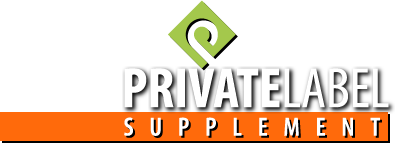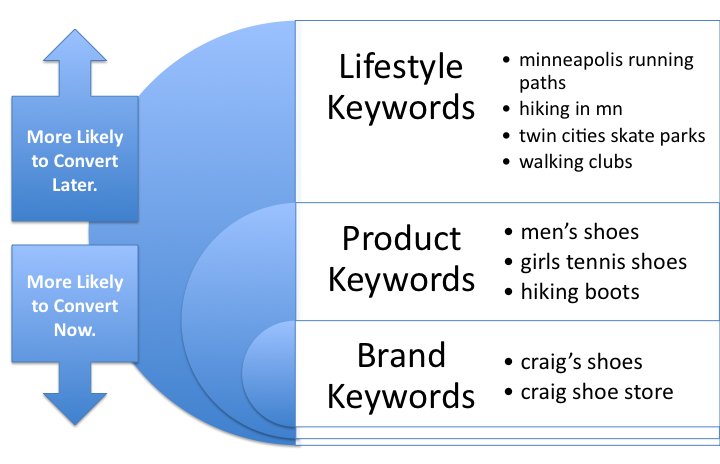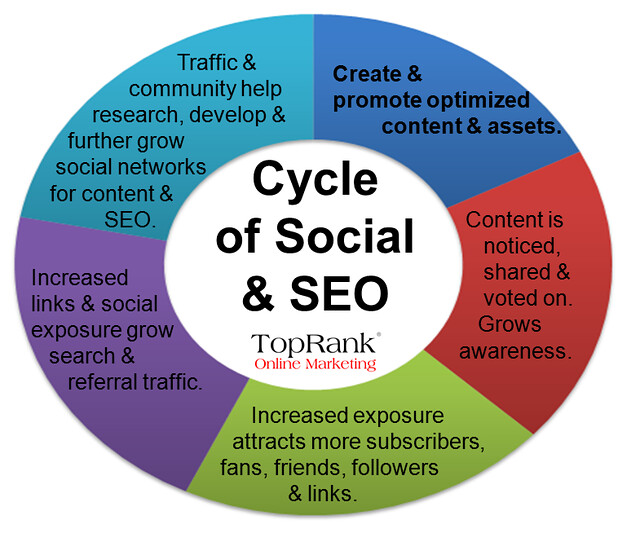Launching an online private label supplement store may sound like a daunting task. If SEO (search engine optimization) and all things web are not quite your specialty, all the smaller aspects of online marketing might seem overwhelming. URL structure, site architecture, navigation, tracking, keyword optimization – the horror.
But given enough patience, good sources of information and the right people to help you along, optimizing your private label supplement e-commerce store will be a breeze.
Before You Get Started
For your SEO efforts to be effective and long-lasting, you have to first figure out two things: whether you need to fix anything (assuming that you already have an online store in place) and what you need to add and set up. To figure out what needs to be fixed, consult an SEO expert and let them check your whole website, along with your store. This is called an SEO audit.
Whether you’ll be fixing your old store or are starting from scratch, keep the following things in mind, so you can ask the professionals the right questions. Also, get your web designer, IT specialist and SEO consultant together before work commences, so that each of their points of view and expertise are taken into account.
Consider the following checklist as you set out to create and launch your new online supplement store.
- Site Architecture
- Keyword Optimization
- Page Content
- User Generated Content and Social Media Integration
- Usability, Navigation and Mobile Version
Site Architecture and Internal Linking
Your website’s architecture is its most basic structure and a hierarchical relation of its different pages. A mapping of that structure reveals how pages on the website are connected to each other and where they fit in the overall picture.
If, as shown in the above linked articles, you have far too many levels of pages between your homepage and your ‘deepest content’ (for example, supplement product information pages), ‘deepest content’ pages risk being overlooked and receiving less traffic.
Architecture and internal linking are key to improving usability for visitors, and usability has a direct effect on sales. If your product pages are hard to reach, that is a problem related to your site’s architecture.
Keyword Optimization
Once you’ve set up a general site architecture, you need to start working on individual pages. Optimizing your pages for relevant keywords means that users will have an easier time discovering your website and particular product pages.
There are many elements of your website you can optimize for important keywords. These are:
- Page titles and meta descriptions
- Headers and sub-headers
- Page content (copy, descriptions of supplement products, etc.)
- Image file names and alt tags
- URLs
In order to find the most appropriate keywords for which to optimize your website, you have to do some research. In conducting it, you should consider a keyword’s relevance, search volume, and ranking difficulty. Since Google does not provide precise keyword data anymore, one way to dive into keyword rankings is through Google Trends or some of these other keyword research tools.
Competitor research is also an important aspect of figuring out which keywords to target. If you’re up against serious competition and high-quality websites with good rankings in Google, you shouldn’t pick a keyword fight with them.
Rather, try ranking for longer-tail and less competitive keywords. Over time, as your website builds enough authority, you can start targeting the more competitive keywords in the supplement market.
Page Content
Apart from being keyword optimized, page content also has to be unique, informative, relevant and well-structured. Never should you copy-paste supplement product descriptions from another website, because this will guarantee that you never surface on Google. Also, avoid using manufacturer descriptions of supplements. These have likely been used dozens of times already.
Websites with duplicate content are heavily penalized and never make it to the top. You should also avoid over-optimizing your content with keywords or optimizing numerous pages for one and the same keyword (which can result in so-called ‘keyword cannibalization’).
The best way to rank high through your page content is to create it yourself, optimize it carefully and link it well with other relevant internal or external pages.
User Generated Content and Social Media Integration
User generated content, i.e. customer reviews and ratings, have been found to create an increase of up to 74% in conversions and sales.
Making room on your website for users to provide reviews beneath your products is a great way to increase engagement, which will increase traffic and will, in turn, get your website to rank higher in search engines.
Social media integration is another great way to increase user engagement and positively influence SEO. Social buttons that allow users to share your pages and products show Google that there are social signals from your website, which is another metric used to rank your website.
Usability, Navigation and Mobile Version
Usability, it is often said, is the key to a website’s success. The easier and more convenient it is for users to browse and make purchases, the more time they will spend on the website. With less of a ‘bounce rate’ (i.e. people leaving too soon) and longer sessions (formerly known as ‘visits’ in Google Analytics), Google will rank your website higher over time.
Therefore, make usability a priority – both functional usability and visual usability. Create comprehensive navigation that makes sense and encourages visitors to stay, browse through and find what they need. You could also work on improving internal site search in order to ensure that if people can’t navigate to what they need or know exactly what they want, they can find it easily through search.
As for mobile – just as emails are increasingly being opened through mobile, making email marketing one of the most successful marketing strategies, websites are also accessed through mobile more often.
Therefore, working on a mobile-friendly version of your website is another great tactic to increase your visitors’s browse time, which will effectively grow your website’s authority and ranking.
Conclusion
These are the most important things to look out for when you’re setting up your new online supplement store. If you are prepared and know what you want when you meet with the professionals who will work on your website, you are sure to achieve good results.
The more you know, the easier their job will be and the deeper will you be able to go into the specifics of what will make your website stand out from all other supplement retail e-commerce sites.
Private Label Supplement offers expert advice and service in everything that concerns supplement retailers. From hands-on advice on supplement retail and breaking into any supplement market, to building a reputable and consistent brand with a strong online and offline presence. Contact our sales team at 855-209-0225 ext. 2 or email us at sales@privatelabelsupplement.com to get started!
All my best,
Stefani Thionnet
Stay focused and never give up!

















Hi Stefani
Found you on G+.
I have a eCommerce business & I do consulting. Just a note to say that I enjoyed the read. Very concise & to the point.
Will distribute to my contacts.
Cheers!